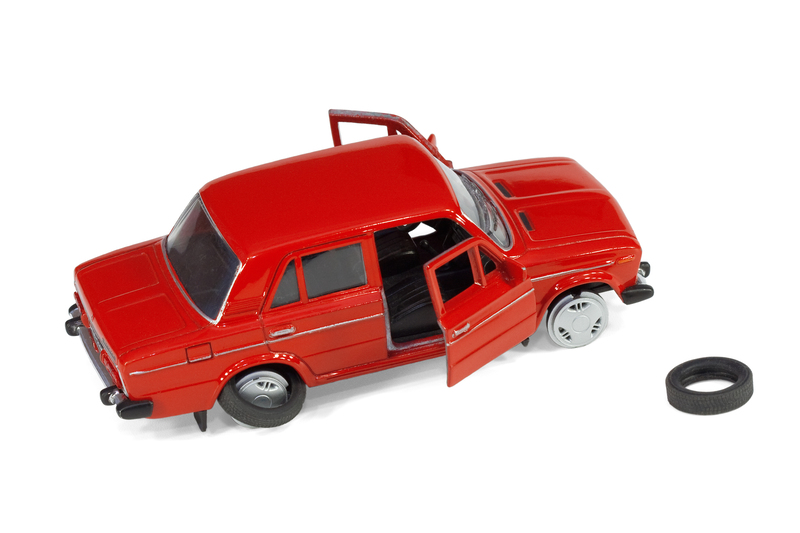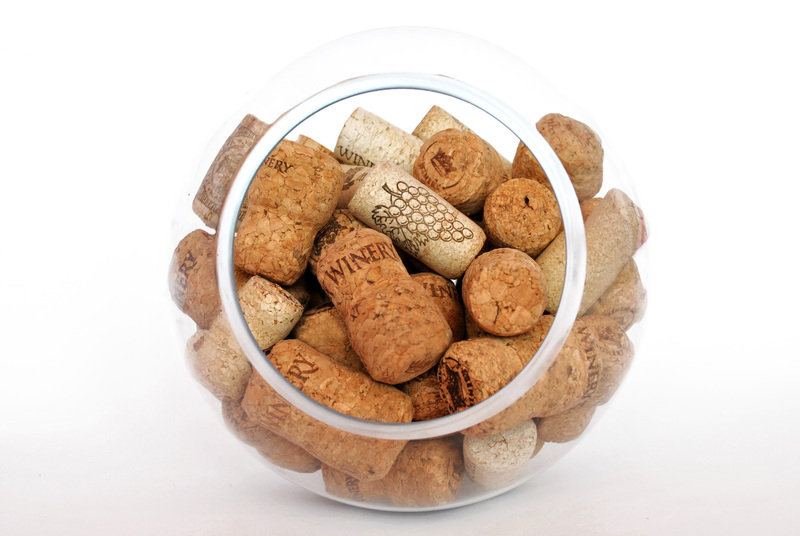Rethinking Rubbish: How to Make Stylish Furniture and Decor Using Waste
In today's fast-paced world, rethinking rubbish isn't just an environmental necessity--it's a springboard for creativity and innovation in home design. Turning waste into stylish furniture and decor is more than a trend; it's a powerful movement that combines sustainability with originality, saving money and reducing landfill waste. In this comprehensive guide, you'll discover how to transform discarded materials into eye-catching home accents and bespoke furnishings, contributing to both a healthier planet and a unique personal style.
Why Upcycle? The Environmental and Creative Benefits of Using Waste for Furniture
- Reduces landfill waste: Every piece of waste given a new life is one less item polluting our environment.
- Conserves resources: Upcycling furniture saves trees, metal, and energy used in production processes.
- Encourages personal expression: Designing decor from rubbish lets you create one-of-a-kind pieces.
- Cost-effective: Many upcycled furniture projects use free or cheap materials.
Thousands of tonnes of refuse end up in landfill each year, but much of it can be re-imagined as something beautiful and functional. This shift--rethinking rubbish--encourages us to see value in what we throw away, transforming trash to treasure while also reducing our environmental footprint.

Types of Waste Materials for DIY Decor and Furniture
Creativity knows no boundaries when it comes to eco-friendly design. Making furniture from waste can involve virtually any discarded material--so long as it's safe and clean. Here are some popular waste materials to consider for your next upcycling project:
- Wooden pallets and crates
- Old tyres and rubber materials
- Glass bottles and jars
- Plastic containers and packaging
- Metal cans, pipes, and hardware
- Old textiles and clothing
- Cardboard boxes and tubes
- Broken furniture pieces, doors, and windows
Before starting any project, clean your waste materials thoroughly and ensure they're safe for indoor use. Remove nails, sharp edges, or hazardous residues.
Creative Upcycling Ideas: Turning Trash Into Trendy Furniture
1. Pallet Couches and Coffee Tables
Wooden pallets are a favourite among DIY enthusiasts because they're sturdy, easy to source, and versatile. Sand down several pallets and stack them to create a low-profile couch or lounge seat. Paint or stain for a modern finish and top with custom cushions or upcycled mattresses. For a matching coffee table, simply add wheels or hairpin legs and a glass top.
- Variation: Create outdoor patios using old pallets sealed with exterior varnish.
2. Repurposed Suitcase Side Tables
If you're looking to make unique furniture using discarded items, old suitcases are a chic solution. Attach wooden legs to a vintage hard-shell suitcase for a stylish side table with built-in storage. Paint or decoupage for added personality.
3. Industrial Pipe Shelving
Metal pipes rescued from renovation sites or scrap yards can be assembled into modern, minimalist shelves. Combine with reclaimed wood planks for rustic-industrial bookcases that make a bold statement in living rooms or bedrooms.
4. Bottle Lamps and Chandeliers
Glass bottles offer endless possibilities for lighting. Cut the bottoms off wine bottles to create pendant lamps, or wire together several bottles into a creative chandelier. Use coloured bottles for added ambiance or frosted finishes for a softer glow.
5. Tyre Ottomans and Pet Beds
Repurposed tyres, often thought of as useless, can become trendy ottomans for your lounge or playful pet beds. Clean thoroughly, wrap with old rope, and add a circular cushion inside for comfort and style.
DIY Decor with Discarded Materials: Smaller Projects with Big Impact
Recycled Tin Can Planters
Paint old tin cans or wrap them in twine for charming planters and desk organizers. Poke holes in the bottom for drainage, and you have an affordable and eco-friendly way to brighten your windowsill.
Textile Patchwork Cushions
Don't discard your old clothes or curtains! Patchwork is a timeless style that uses fabric scraps to make decorative pillows, throws, or wall hangings. Match colours and patterns for a cohesive look, or celebrate eclectic style by mixing different textures.
Cardboard Wall Art
Thick cardboard boxes can be cut, painted, and layered to create three-dimensional wall art or storage organizers. This lightweight material is easy to shape, making it great for kids' rooms, crafts, or budget decor projects.
How to Get Started with Upcycling: Tips for Success
- Start small. If you're new to upcycling, begin with easier projects like planters, small shelves, or wall hooks before taking on large furniture builds.
- Scout safely. Look for waste materials in local recycling centres, curbside pickups, or unused items around your home. Always ask permission before taking discarded items from public or private property.
- Gather the right tools. Basic tools like a drill, saw, hammer, paintbrushes, and sandpaper are essential for most projects. For advanced work, you may need a jigsaw, power sander, or welding equipment.
- Plan your design. Use sketches or inspiration boards to visualize your finished piece. Measure twice before cutting to avoid wasting materials.
- Safety first. Wear gloves, protective eyewear, and a mask when working with dust, paint, or chemicals. Ventilate your workspace, especially when painting or cutting materials.
- Learn and share. Join online communities, forums, or workshops focused on upcycling and rethinking rubbish. Sharing ideas and tips widens your creative horizons and helps refine your techniques.
Where to Find Materials for Upcycled Furniture and Decor
The art of turning waste into stylish furniture thrives on resourcefulness. Here's where to source discarded materials for your next project:
- Local recycling or refuse centres
- Construction and demolition sites (with permission)
- Garage sales and curbside collections
- Online marketplaces like Facebook Marketplace, Craigslist, or Freecycle
- Neighborhood swap groups and community clean-up events
- Friends and family who are renovating or decluttering
Pro Tip: Always inspect second-hand and waste materials for pests, mold, or structural damage before bringing them into your home.
Transforming Trash to Treasure: The Principles of Good Upcycled Design
Focus on Function and Aesthetics
The best upcycled pieces are as functional as they are beautiful. When rethinking rubbish, balance these priorities--will your new piece actually serve a purpose in your home? Is the end result attractive and well-made enough to show off proudly?
Embrace Imperfection
The appeal of stylish furniture from waste often lies in its unique character. Leave a few rough edges or visible joins to celebrate the story of each material. Patina, scratches, or faded paint add authenticity and charm.
Combine Materials Creatively
Don't be afraid to mix wood, metal, glass, and fabric in the same project. Hybrid designs can create a modern, eclectic look that stands out in any interior.
Examples of Sustainable Furniture and Decor Brands
If you love the look of upcycled furniture but lack the tools or space for DIY, many brands are dedicated to rethinking rubbish professionally. Look for these companies in your area or online:
- EcoBirdy (Belgium): Colorful children's furniture made from recycled plastic toys.
- Marius Aurenti (France): Reclaimed wood tables and shelves with a modern twist.
- Re-vive (UK): Bold lighting and cabinets crafted from industrial materials and salvaged wood.
- Urban Mine (US): Sourcing timber from demolished buildings and transforming it into luxury home furnishings.
Supporting companies that value upcycling decor encourages the wider adoption of sustainable design and helps keep valuable resources in use for longer.
Upcycling Inspiration: Famous Projects and Design Movements
Some of the most celebrated design movements are rooted in rethinking rubbish. Notable examples include:
- Cradle to Cradle Design: Fosters circularity by ensuring every material has an endless lifecycle. Chair prototypes made entirely from recycled ocean plastic already grace international exhibitions.
- Womb Chair Replica Project: Designers have recreated this iconic furniture piece using textile and foam offcuts, saving tons of landfill waste while echoing mid-century style.
- Shipping Container Homes: Whole houses built from decommissioned freight containers, fitted with recycled insulation, windows, and fixtures.
These projects highlight that making furniture and decor from waste is not just practical--it's also innovative and stylish.

The Future of Home Design: Rethinking Rubbish in Style
The next wave of home decor is rooted in resourcefulness, sustainability, and individual flair. Today's designers and homeowners are moving beyond simple recycling, embracing upcycling as a central philosophy of modern living.
Whether you're furnishing your entire home or adding a pop of personality to a single room, rethinking rubbish gives you tools to express your values, support the planet, and create pieces that nobody else owns.
Start Your Upcycling Journey Today
- Look for inspiration in your waste bin before heading to the shops.
- Take pride in every imperfection and visible repair.
- Share your creations online and inspire others to join the sustainable design movement.
Imagine a world where every piece of rubbish could become a cherished conversation starter in your home. With imagination, patience, and a commitment to rethinking rubbish, you can join a growing movement that celebrates creativity, sustainability, and style.
Conclusion: Join the Movement of Sustainable and Stylish Upcycling
The art of making stylish furniture and decor using waste is within everyone's reach. With the practical guidance above, you're equipped to begin transforming discarded materials into fashionable, functional, and meaningful home accents--all while reducing your ecological impact.
So roll up your sleeves, gather your tools, and start rethinking rubbish today. Your home--and the planet--will thank you for it.
```